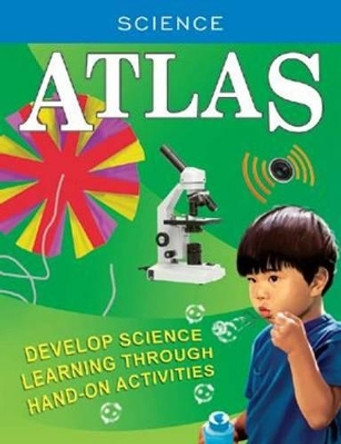Description
This workbook provides a collection of experiments and observations that use physical materials (rather than digital displays or resources) to reveal fundamental properties of the human visual system.
Practical Vision Science centers discovery, observation, and critical thinking. By observing and manipulating visual phenomena, readers gain insights regarding visual processing from the outside world into high-level areas of the visual cortex. The text covers geometric optics, image formation, early stages of visual processing, and inferences regarding brightness, color, depth, motion, and form. The goal is to highlight the critical role that observation of one's own sensory experiences plays in vision science, while introducing phenomena that provide clues about the computations and constraints that shape our experience of the visual world. Each exercise can be completed with everyday materials, and the text includes discussion of key phenomena readers should be able to observe and the implications of these effects for underlying mechanisms that support visual experience in each case.
Practical Vision Science is an essential text for upper undergraduate and postgraduate students of Sensation and Perception, providing the opportunity to learn by doing things rather than reading facts about the visual system on the page.
About the Author
Benjamin Balas is a Professor of Psychology at North Dakota State University, USA. He received both his SB and PhD from MIT's Department of Brain and Cognitive Sciences and completed post-doctoral work at Children's Hospital Boston.
Reviews
"This is a fantastic, accessible introduction to visual perception. The book's hands-on and eyes-on approach to teaching perception will help students engage with and deeply understand the content."
Dr. Julia Strand, Carleton College, USA
"Ben Balas' book gives a much-needed new perspective on what a Sensation & Perception course can and should do for students. Vision research is all about how we see the world, and Balas' book provides carefully structured exercises that encourage students to see and understand for themselves how their vision works. With its hands-on experiments and accompanying text, Balas' approach all but guarantees that what students learn will not soon be forgotten (something all teachers can only aspire to)."
Dr. Robert Sekuler, Brandeis University, USA
"This is a wonderfully original textbook, quite unlike anything else on the market. It's packed with brilliant hands-on exercises to inspire students and teachers alike. Prof. Balas leads the reader step-by-step to a deep understanding of how and why the visual system works the way it does through compelling demos that you can try out for yourself at home, in the lab or in the lecture hall."
Dr. Roland Fleming, University of Giessen, Germany
Book Information
ISBN 9781032691121
Author Benjamin Balas
Format Paperback
Page Count 162
Imprint Routledge
Publisher Taylor & Francis Ltd
Weight(grams) 453g







